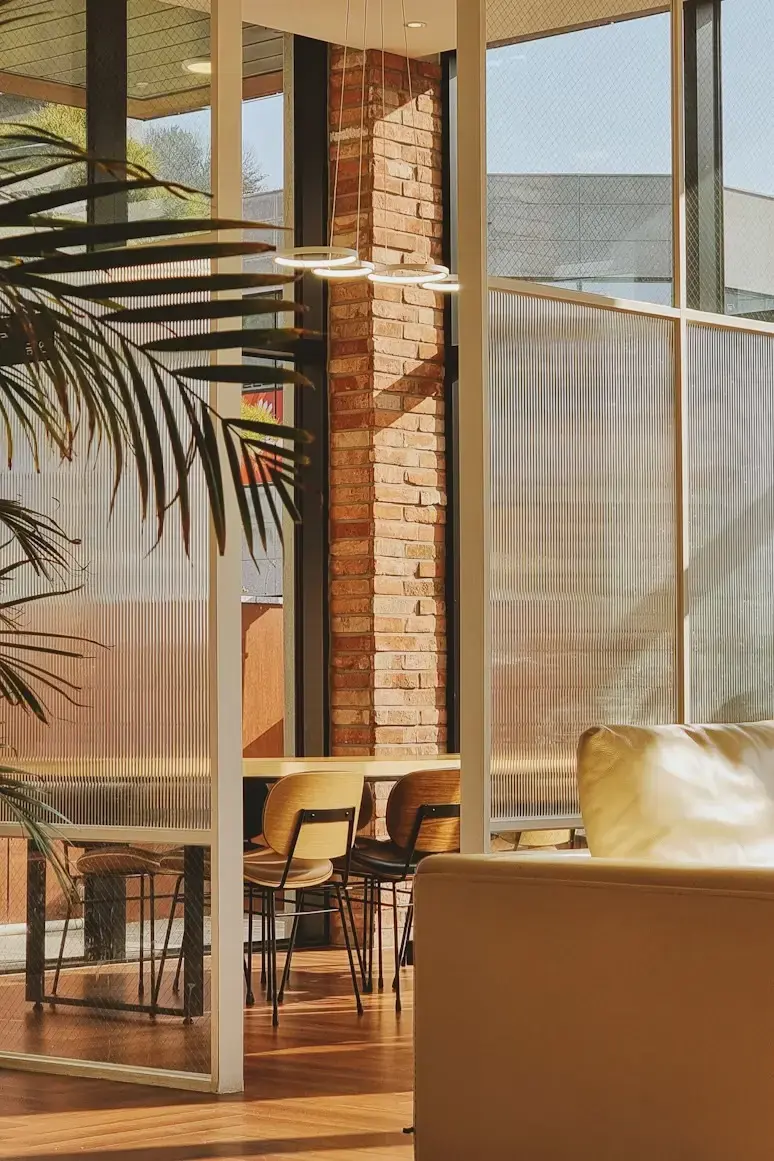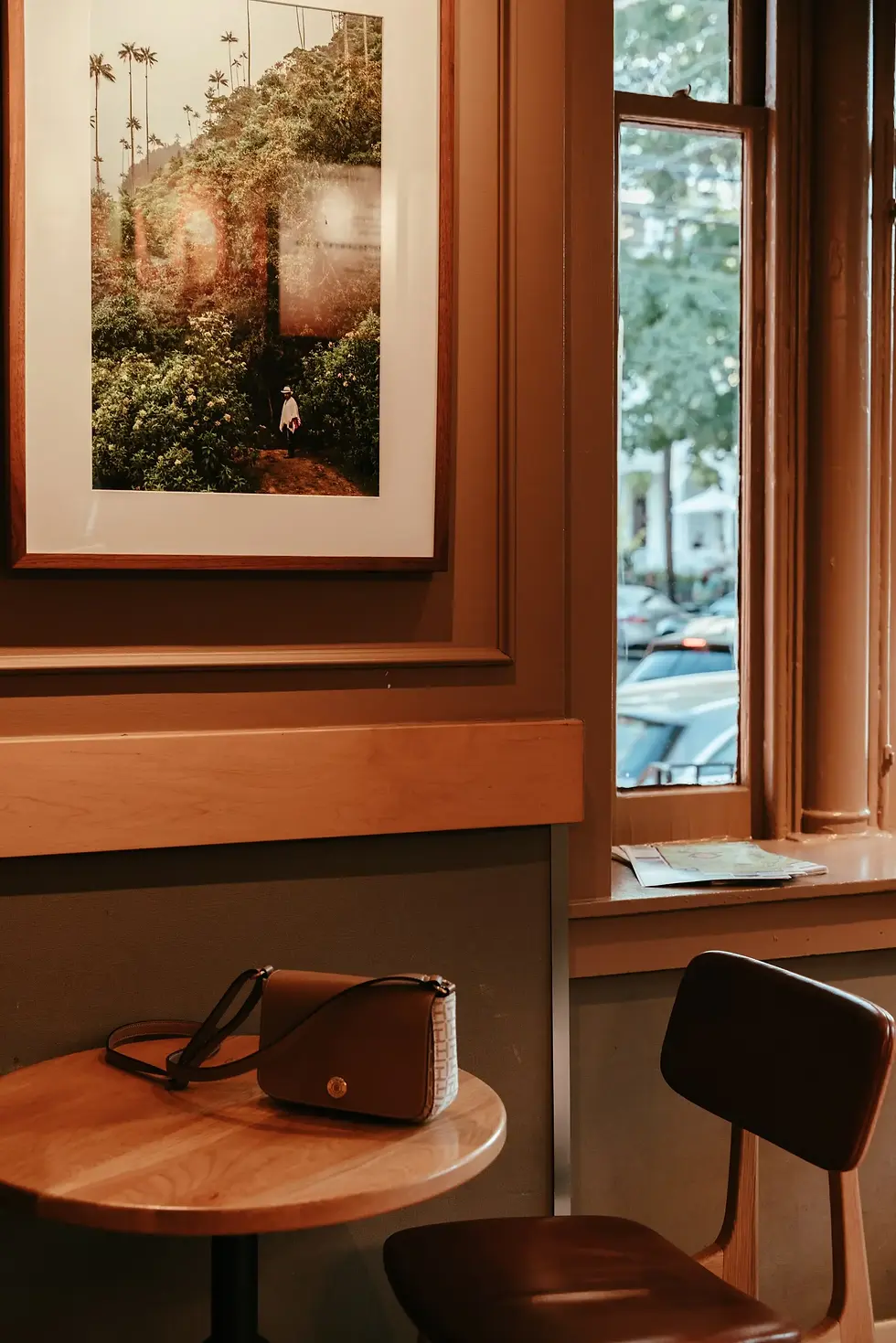Choosing Furniture for Coastal Resorts: Materials That Last
- Home Staging Portugal
- Aug 4, 2025
- 9 min read
Coastal resorts face unique challenges that distinguish them from their inland counterparts, with salt air, high humidity, intense UV radiation, and temperature fluctuations creating a perfect storm of conditions that can rapidly deteriorate poorly chosen furniture. The seemingly idyllic beachfront location that attracts millions of guests annually becomes a testing ground where only the most carefully selected materials and construction methods can withstand the relentless assault of marine environments.
The financial implications of furniture failure in coastal settings extend far beyond replacement costs. Guest satisfaction plummets when outdoor dining chairs collapse, poolside loungers fade to unsightly colors, or lobby seating develops unsightly corrosion stains. The seasonal nature of many coastal resorts means that furniture failures during peak occupancy periods can be particularly costly, both in terms of immediate replacement expenses and lost revenue from disappointed guests who associate poor furniture condition with overall resort quality.
Modern coastal resort furniture must achieve the seemingly impossible balance of withstanding harsh environmental conditions while maintaining the aesthetic appeal that guests expect from luxury hospitality experiences. This challenge has driven significant innovation in materials science, manufacturing techniques, and design approaches, creating new possibilities for resort operators willing to invest in solutions specifically engineered for marine environments.

Understanding the Coastal Environment Challenge
Salt Air and Corrosion
Salt-laden ocean air represents one of the most destructive forces affecting coastal resort furniture. Sodium chloride particles suspended in the atmosphere settle on all surfaces, creating an aggressive corrosive environment that attacks metal components with relentless persistence. Traditional steel hardware, hinges, and structural elements can begin showing rust stains within weeks of installation in direct coastal exposure, progressing rapidly to structural failure if not properly protected.
The corrosion process accelerates dramatically in the presence of moisture, which is constantly present in coastal environments through high humidity levels, morning dew, and salt spray carried by ocean breezes. Even furniture positioned hundreds of yards from the actual shoreline experiences these effects, as salt particles can travel significant distances on air currents, particularly during storms or high wind conditions.
Understanding salt corrosion mechanisms helps resort operators make informed material choices. Galvanic corrosion occurs when dissimilar metals come into contact in the presence of salt water, creating electrical currents that rapidly destroy less noble metals. This phenomenon requires careful attention to hardware selection and the use of appropriate isolation techniques when different metals must be used in proximity.
UV Radiation and Fading
Coastal locations often experience intense solar radiation due to reflection from water surfaces and sand, effectively doubling the UV exposure that furniture experiences compared to inland locations. This intense radiation breaks down molecular bonds in plastics, fabrics, and finishes, causing fading, embrittlement, and surface degradation that affects both appearance and structural integrity.
Traditional outdoor furniture finishes may provide adequate protection in temperate climates but prove insufficient under the intense UV conditions common in coastal environments. Colors fade unevenly, creating patchy appearances that are particularly noticeable on furniture pieces that receive partial shade throughout the day. Clear protective coatings can yellow and crack, exposing underlying materials to further damage.
Fabric deterioration under intense UV exposure presents particular challenges for upholstered furniture and shade structures. Traditional outdoor fabrics may lose strength and color within a single season, requiring frequent replacement that significantly increases operational costs while creating periods when furniture is unavailable for guest use.
Moisture and Humidity Effects
High humidity levels in coastal environments create conditions that promote mold, mildew, and bacterial growth on organic materials while accelerating corrosion of metal components. Furniture cushions and upholstery that might dry completely overnight in arid climates may remain perpetually damp in coastal settings, creating ideal conditions for biological degradation.
Wood furniture faces particular challenges in high-humidity environments, with constant moisture cycling causing expansion and contraction that can lead to joint failure, cracking, and warping. Even properly sealed wood surfaces can eventually fail as protective coatings are compromised by UV exposure, allowing moisture penetration that leads to rot and structural failure.
The combination of salt and moisture creates particularly aggressive conditions for metal components. Stainless steel, while highly corrosion-resistant, can develop pitting and staining in severe marine environments, particularly when exposed to chlorinated pool environments that combine salt air with chemical exposure.
Material Solutions for Coastal Durability
Marine-Grade Metals and Alloys
Aluminum alloys specifically formulated for marine applications offer excellent corrosion resistance while maintaining the strength characteristics needed for commercial furniture applications. Marine-grade aluminum undergoes specialized treatments that create protective oxide layers capable of withstanding salt air exposure indefinitely when properly maintained.
Stainless steel selection requires careful attention to grade specifications, as not all stainless formulations provide adequate corrosion resistance for coastal applications. Grade 316 stainless steel, containing molybdenum for enhanced corrosion resistance, represents the minimum standard for direct coastal exposure, while Grade 316L offers even better performance in chlorinated environments common around resort pools.
Specialized coatings and treatments can extend the life of metal furniture in coastal environments. Powder coating systems specifically formulated for marine applications provide superior adhesion and corrosion resistance compared to conventional finishes, while anodizing treatments create protective barriers that significantly extend aluminum component life.
High-Performance Synthetic Materials
Modern synthetic materials offer unprecedented durability in coastal environments while providing design flexibility that rivals traditional materials. High-density polyethylene (HDPE) lumber provides the appearance of wood without susceptibility to moisture damage, termite infestation, or UV degradation that affects natural wood products.
Advanced polymer composites combine multiple synthetic materials to achieve specific performance characteristics. Fiberglass-reinforced composites offer exceptional strength-to-weight ratios while providing complete immunity to salt corrosion and biological attack. These materials can be molded into complex shapes that would be difficult or impossible to achieve with traditional materials.
Resin wicker furniture has evolved significantly from early synthetic versions that looked obviously artificial. Modern resin formulations achieve remarkable resemblance to natural wicker while providing complete weather resistance and easy maintenance. Quality resin wicker furniture can withstand decades of coastal exposure without significant degradation when properly manufactured.
Weather-Resistant Natural Materials
While synthetic materials dominate coastal furniture applications, certain natural materials can provide acceptable performance when properly selected and treated. Teak remains the gold standard for coastal wood applications due to its natural oil content that provides inherent water and insect resistance.
Properly harvested and cured teak develops a beautiful silver-gray patina when exposed to weathering while maintaining structural integrity for decades. However, the environmental and cost implications of teak usage have led to increased interest in alternative natural materials that can provide similar performance characteristics.
Eucalyptus and other fast-growing hardwoods can provide acceptable coastal performance when properly treated and finished. These materials require more maintenance than teak but offer significantly lower environmental impact and initial cost while still providing the aesthetic appeal of natural wood.
Construction Techniques for Longevity
Joint Design and Hardware Selection
Traditional furniture joinery techniques often prove inadequate for coastal environments where constant moisture cycling and salt exposure create extreme stress on connection points. Mechanical fasteners must be selected from appropriate corrosion-resistant materials and designed to allow for thermal expansion and contraction without loosening.
Stainless steel hardware represents the minimum standard for coastal furniture applications, with specific attention to grade selection and finish quality. Hidden fasteners, when possible, reduce corrosion exposure while improving aesthetic appearance. When exposed fasteners are necessary, regular inspection and maintenance schedules help identify potential problems before they result in furniture failure.
Adhesive bonds in coastal furniture must be selected for their ability to maintain strength in high-moisture environments. Marine-grade adhesives formulated for boat construction often provide superior performance compared to conventional wood glues, while structural adhesives can eliminate the need for mechanical fasteners in some applications.

Drainage and Ventilation Design
Proper drainage design prevents water accumulation that accelerates deterioration in coastal furniture. Sloped surfaces, drainage holes, and ventilation gaps allow moisture to escape rather than creating stagnant conditions that promote biological growth and accelerate corrosion processes.
Cushion and upholstery design requires particular attention to drainage and quick-drying characteristics. Open-cell foams and moisture-wicking fabrics help prevent the development of mold and mildew while maintaining comfort characteristics that guests expect from quality resort furniture.
Frame design should incorporate ventilation features that promote air circulation around all components. Solid surfaces that trap moisture create conditions that dramatically accelerate deterioration, while proper ventilation design extends furniture life significantly with minimal impact on structural integrity or aesthetic appearance.
Protective Finishes and Treatments
Finish selection represents one of the most critical decisions in coastal furniture specification. Marine-grade finishes formulated specifically for salt air exposure provide far superior protection compared to conventional outdoor finishes, justifying their higher initial cost through extended service life.
Multi-layer finish systems provide redundant protection that maintains effectiveness even when outer layers begin to show wear. Properly applied marine finishes can provide protection for five to ten years before requiring renewal, compared to annual refinishing requirements for conventional outdoor finishes in coastal environments.
Regular maintenance schedules help maximize finish life while identifying potential problems before they result in furniture failure. Simple cleaning and inspection routines can extend finish life significantly while maintaining the appearance standards that guests expect from quality resort properties.
Maintenance Strategies for Coastal Furniture
Regular Cleaning and Inspection Protocols
Coastal furniture requires more frequent maintenance than inland applications due to the aggressive environmental conditions. Salt buildup must be removed regularly to prevent corrosion acceleration, while biological growth requires prompt attention to prevent permanent staining and material degradation.
Fresh water rinses help remove salt deposits before they can concentrate and accelerate corrosion processes. Simple weekly rinses during peak season can significantly extend furniture life, while more thorough cleaning with appropriate detergents removes biological growth and maintains appearance standards.
Inspection routines should focus on connection points, finish condition, and early signs of corrosion or biological attack. Early intervention can often prevent minor problems from developing into major failures that require complete furniture replacement.
Seasonal Protection and Storage
Many coastal resorts implement seasonal furniture protection programs that extend service life while reducing maintenance requirements. Removable cushions and accessories can be stored during off-seasons or severe weather events, protecting these vulnerable components from unnecessary exposure.
Protective covers designed specifically for coastal environments provide significant protection during storage periods while allowing ventilation that prevents moisture accumulation. Quality covers represent a small investment compared to premature furniture replacement costs.
Seasonal maintenance schedules allow for detailed inspection and repair activities during low-occupancy periods. Touch-up painting, hardware replacement, and deep cleaning can be accomplished without disrupting guest experiences while maintaining furniture in optimal condition.
Cost-Benefit Analysis of Quality Materials
Initial Investment vs. Lifecycle Costs
High-quality coastal furniture requires significantly higher initial investment compared to conventional outdoor furniture, but lifecycle cost analysis typically demonstrates substantial savings over time. Quality coastal furniture can provide service life measured in decades rather than years, while providing superior guest experiences throughout its operational life.
Replacement costs include not only furniture expenses but also labor costs for removal and installation, disposal fees for failed furniture, and potential revenue losses during replacement periods. These hidden costs often exceed the initial furniture cost, making quality investment financially attractive even from short-term perspectives.
Guest satisfaction impacts resulting from furniture failure are difficult to quantify but represent real costs in terms of repeat visitation rates and online reviews that influence future bookings. Quality furniture contributes to overall resort reputation and guest experience in ways that justify premium material selections.
Brand Image and Guest Experience
Furniture condition significantly influences guest perceptions of overall resort quality and attention to detail. Faded, corroded, or deteriorated furniture creates negative impressions that can overshadow other positive aspects of the guest experience, while quality furniture that maintains its appearance contributes to perceptions of luxury and careful management.
Photography for marketing materials relies heavily on furniture and setting appearance. Deteriorated furniture requires constant replacement or editing to maintain marketing image quality, while quality furniture provides consistent backdrops for promotional activities throughout its service life.
Guest safety represents another critical consideration, as furniture failure can result in injuries that create legal liability and negative publicity. Quality furniture construction and materials reduce the risk of unexpected failures that could harm guests and damage resort reputation.

Conclusion: Building for the Long Term
Coastal resort furniture selection requires a fundamental shift in thinking from short-term cost minimization to long-term value optimization. The unique challenges of marine environments demand materials, construction techniques, and maintenance approaches that may seem excessive compared to inland applications but prove essential for achieving acceptable service life and guest satisfaction.
The most successful coastal resorts view furniture as a long-term investment that contributes to brand image, guest satisfaction, and operational efficiency. This perspective justifies the premium costs associated with marine-grade materials and construction while providing superior financial returns through extended service life and reduced maintenance requirements.
Future developments in materials science and manufacturing techniques continue to expand options for coastal furniture applications. Smart material selections combined with proper design and maintenance approaches can provide decades of reliable service while maintaining the aesthetic appeal that attracts guests to coastal destinations worldwide.
).png)



Comments